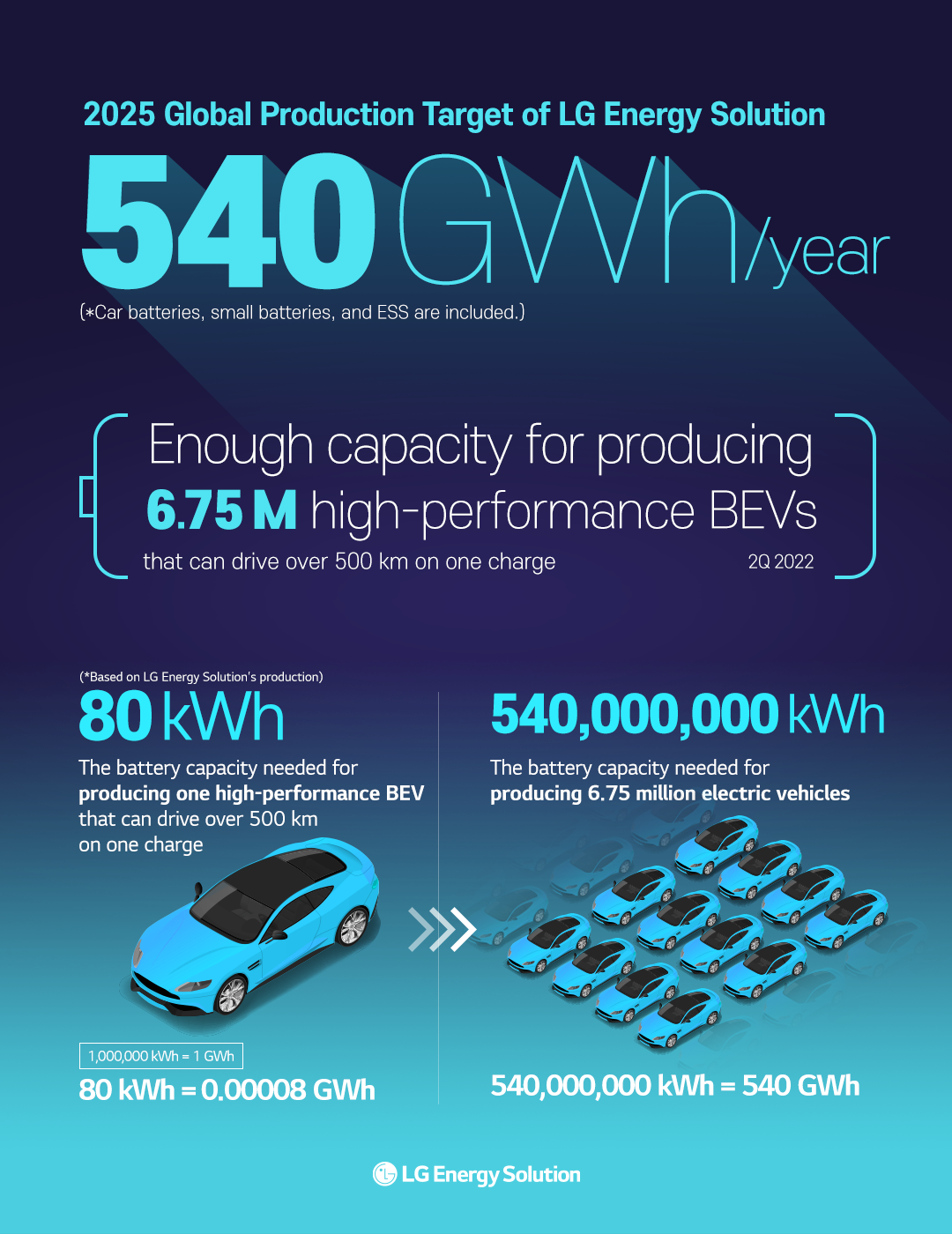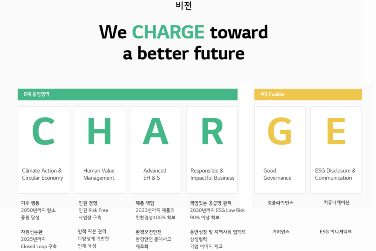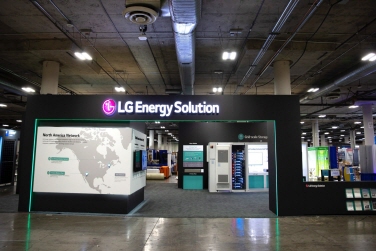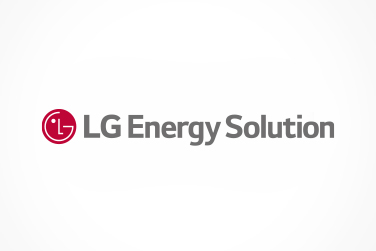As the global battery industry grows rapidly, LG Energy Solution plans to expand its total production capacity up to 540 GWh by 2025.
Then, how much energy is 540 GWh?
Let’s learn about the unit of electricity and the battery capacity required for producing an electric vehicle.

The battery capacity needed for producing a high-performance BEV
A battery capacity of about 80 kWh is needed to produce a high-performing all-electric vehicle that can travel at least 500km on one charge.
(*A BEV produced by LG Energy Solution)
The kWh is the same unit we see when we check our electricity bill. First, W (watt) is the unit of power and the rate of work performed when a current of 1A (ampere) flows through a voltage of 1V (volt). Wh is a unit of energy equivalent to the power consumed for an hour and is calculated by multiplying watts times hours. And kWh is a unit for measuring a larger amount of electricity, with 1 kWh equaling 1,000 Wh. Considering that the average monthly power use of a family of four is 350 kWh, 80 kWh is approximately the amount one person uses for a month.
How many EVs can be produced with 540 GWh?
LG Energy Solution aims to improve its annual battery production capacity up to 540 GWh through its global strategies that include expanding production facilities. (*EV batteries, small batteries and ESS are included.) GWh is commonly used when measuring energy consumption of large power plant or a nation. 1 GWh is equivalent to 1,000,000 kWh. Since manufacturing a high-performance EV requires 80 kWh, 540 GWh is large enough to manufacture 6.75 million EVs.
LG Energy Solution announced mid-to long-term business strategies in its earnings presentation for the second quarter of 2022. For the North American market, it plans to expand joint ventures with finished car manufacturers and to supply more cylindrical batteries for its existing clients and EV startups. In Europe, it will increase supply by establishing a new production base for cylindrical batteries in addition to the Poland plant where pouch batteries are produced. In addition, for the Asian market, the battery maker will build a new production base beside China.
LG Energy Solution expects it can build a balanced production capacity across the globe with such strategies. You can look forward to watching it realize mid-to long-term goals and re-establish its status as the leader in the battery industry.





